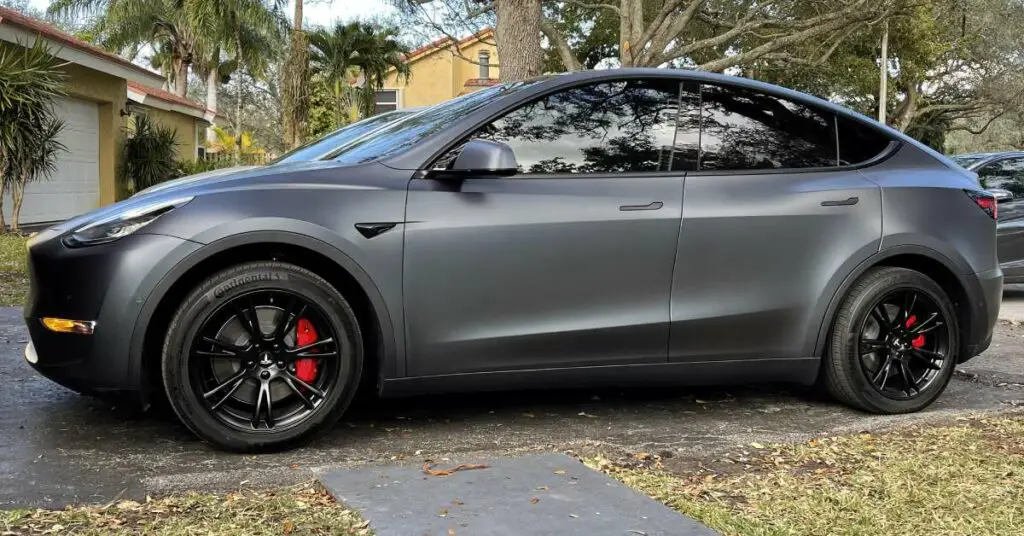
If you’re a car enthusiast or a green warrior, you’ve probably heard of Tesla, the groundbreaking automaker that’s been turning the auto industry on its head. These sleek and silent machines have been a hot topic for years now, leaving many to wonder: do Teslas have catalytic converters? Well, buckle up, because we’re about to dive into the world of electric vehicles (EVs) and find out!
The Catalytic Converter Conundrum: Why the Fuss?
Before we jump into whether Teslas have catalytic converters, let’s discuss why this question even comes up. Catalytic converters are essential components in conventional internal combustion engine (ICE) vehicles, as they help reduce harmful emissions by converting them into less-toxic substances. Given the push for cleaner transportation, it’s no surprise that people are curious about the eco-credentials of Tesla’s electric beasts.
A Quick Detour: The Electric Revolution
Tesla has been at the forefront of the electric revolution, with its charismatic CEO Elon Musk championing the cause of sustainable transport. Since the introduction of the Tesla Roadster in 2008, the company has been on a mission to prove that electric vehicles can be as fun, fast, and practical as their gas-guzzling counterparts. And boy, have they succeeded!
With a lineup that includes the sporty Model S, the family-friendly Model X, the chic Model 3, and the futuristic Cybertruck, Tesla has carved out a niche for itself in the automotive world. It’s not just about the looks either – these vehicles boast insane acceleration, cutting-edge tech, and a growing network of charging stations that make range anxiety a thing of the past.
So, Do Teslas Have Catalytic Converters?
Alright, the moment you’ve been waiting for – do Teslas have catalytic converters? Drumroll, please… The answer is a resounding no! That’s right, Tesla’s electric vehicles do not have catalytic converters. But why, you ask? It’s simple: they don’t need them.
You see, catalytic converters are necessary in ICE vehicles to help neutralize harmful emissions produced by the combustion of fossil fuels. Electric vehicles like Teslas, on the other hand, don’t have internal combustion engines, and they don’t burn gasoline. Instead, they rely on electric motors powered by lithium-ion battery packs. This means that there are no emissions to treat, and hence, no need for a catalytic converter.
The Ripple Effect: Cleaner Cars, Cleaner Air
Teslas is more than just a fascinating factoid – it has significant implications for the environment. By not relying on internal combustion engines, Teslas and other electric vehicles (EVs) help reduce air pollution and lower our carbon footprint. This is great news for our planet, as it means fewer greenhouse gas emissions and a step towards combating climate change.
Of course, it’s essential to acknowledge that the electricity used to charge EVs still has an environmental impact, depending on the energy sources used to generate it. However, as renewable energy sources like solar and wind power become more prevalent, the carbon footprint of EVs will continue to shrink, making them even more eco-friendly.
Beyond Catalytic Converters: Tesla’s Green Innovations
The lack of catalytic converters in Teslas is just the tip of the iceberg when it comes to their green credentials. Tesla’s commitment to sustainability goes beyond simply eliminating the need for these devices. For instance, their vehicles feature regenerative braking, which captures energy usually lost as heat during braking and uses it to recharge the battery. This not only extends the range of their EVs but also reduces wear and tear on the brakes.
Moreover, Tesla is continually working to improve battery technology, making their vehicles more efficient and reducing the environmental impact of battery production. The company is also investing in recycling initiatives to ensure that end-of-life batteries don’t end up in landfills.
Last but not least, Tesla’s Gigafactory – a massive battery and vehicle production facility – is designed to be powered by renewable energy, further minimizing the environmental footprint of their vehicles.
The Future is Electric: Embracing a Cleaner Tomorrow
So, there you have it – not only do Teslas not have catalytic converters, but they also lead the way in making transportation greener and more sustainable. As electric vehicles become increasingly popular and accessible, we can look forward to a future with cleaner air, quieter streets, and a planet that’s healthier for all of us.
If you’re thinking about making the switch to an electric vehicle, a Tesla might just be the perfect choice. And, if you’re ever asked, “Do Teslas have catalytic converters?”, you can proudly answer, “No, and here’s why that’s a good thing!”
So, go forth, and spread the word about the electric revolution. The future is here, and it’s greener, cleaner, and more exciting than ever before. With companies like Tesla leading the charge, there’s never been a better time to embrace the electric mystique and join the growing ranks of EV enthusiasts.

As a seasoned mechanic and proud owner of three successful car workshops, I’ve dedicated my life to helping people just like you overcome their everyday automotive challenges. I created this website as a labor of love, with a simple mission: to make car maintenance and repairs more accessible and approachable for the “average joe.”
